The Australian Electoral Commission’s Twitter account has made for interesting reading in the lead-up to the Voice referendum.
The social media storm centres around concerning incidents involving the Yes23 campaign and, if there was a ‘three strikes and you’re out’ rule, they’d be disqualified for poor behaviour.
The first major incident from the Yes23 campaign featured a Twitter graphic that displayed a meme with ‘Vote No’ using an ‘X’ and ‘Vote Yes’ with a ‘tick’. This occurred after it was established, amid press controversy, that an ‘X’ would not be counted as a valid ballot while a ‘tick’ would.
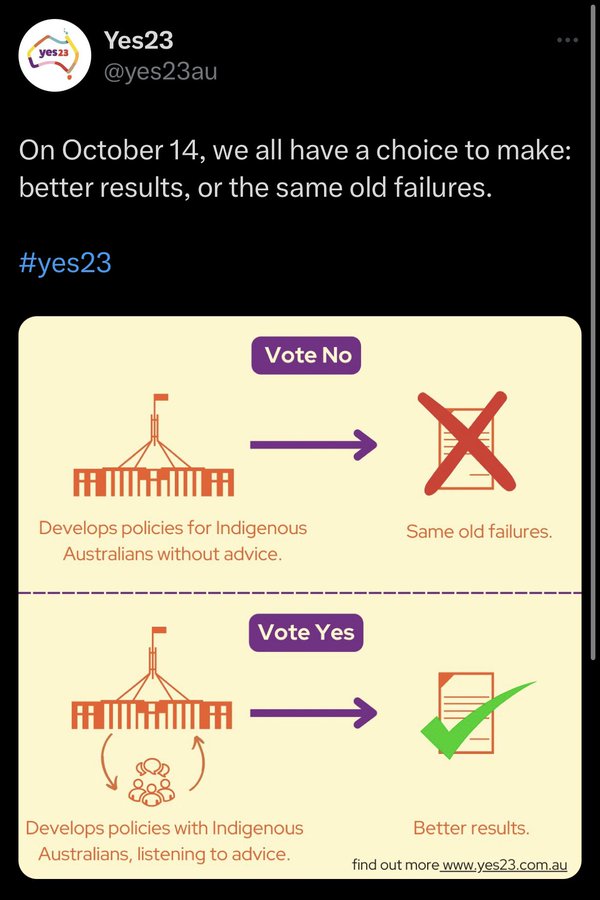
Yes23 deleted the graphic upon request of the AEC.
In reply to the incident, the AEC said:
‘We addressed this matter with the Yes23 campaign. They have deleted the graphic.’
Okay – but where is the explanation from the Yes23 campaign about why it went up in the first place? Someone had to make it, approve it, post it, and promote it. That was strike one.
On October 2, people began posting photographs of Yes23 campaign signage colour-matched to the purple and white of the AEC scattered around early voting booths.
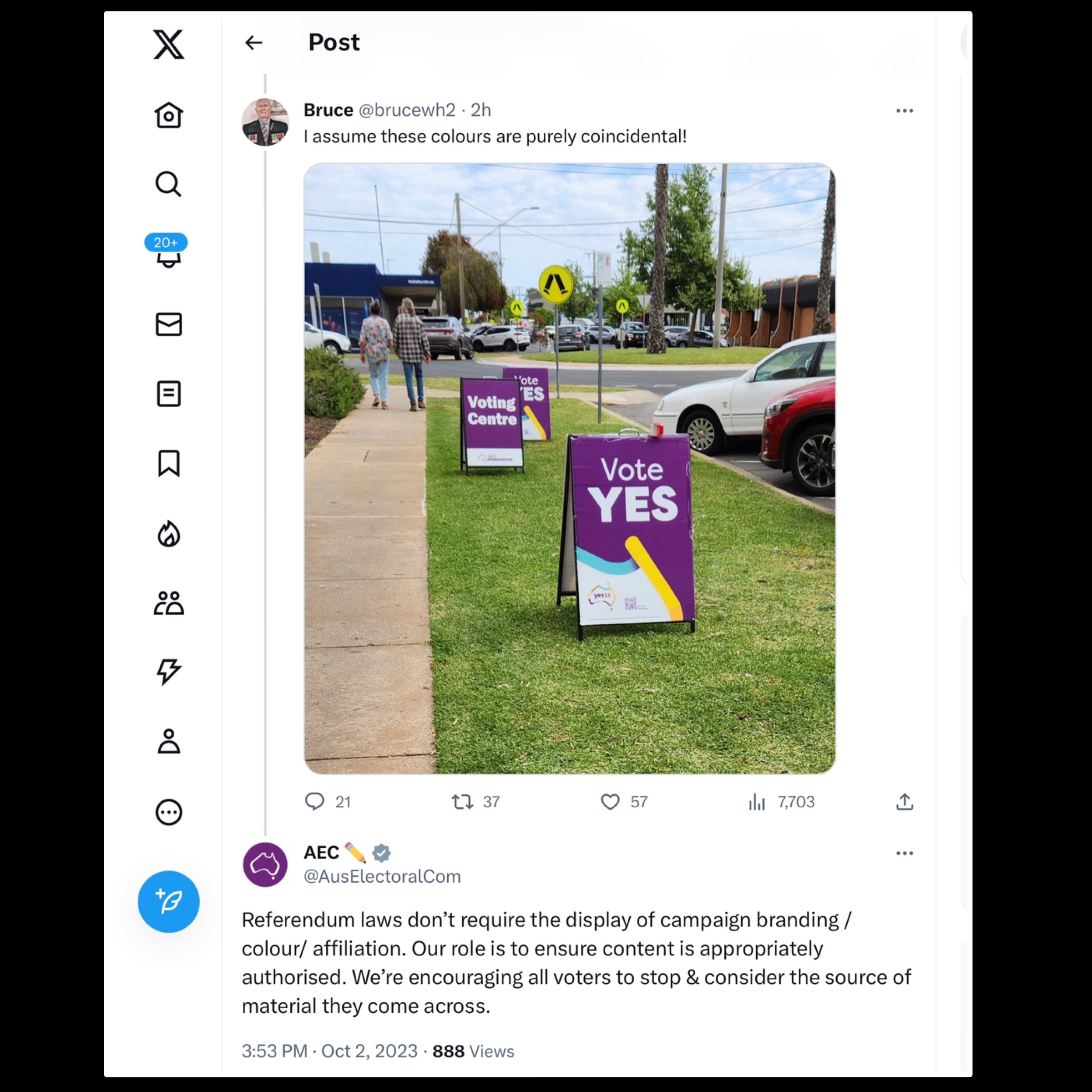
The Yes23 signs appeared to be interspersed with AEC referendum signage causing immediate concern that such a display could be misleading.
The AEC replied to the original post:
‘Referendum laws don’t require the display of campaign branding/colour/affiliation. Our role is to ensure content is appropriately authorised. We’re encouraging all voters to stop and consider the source of material they come across.’
The issue soon blew up on social media, with high-profile journalists such as Rukshan Fernando demonstrating how close the Yes23 campaign signs really were to the AEC. To the casual observer, it is fair to say they could be easily confused.
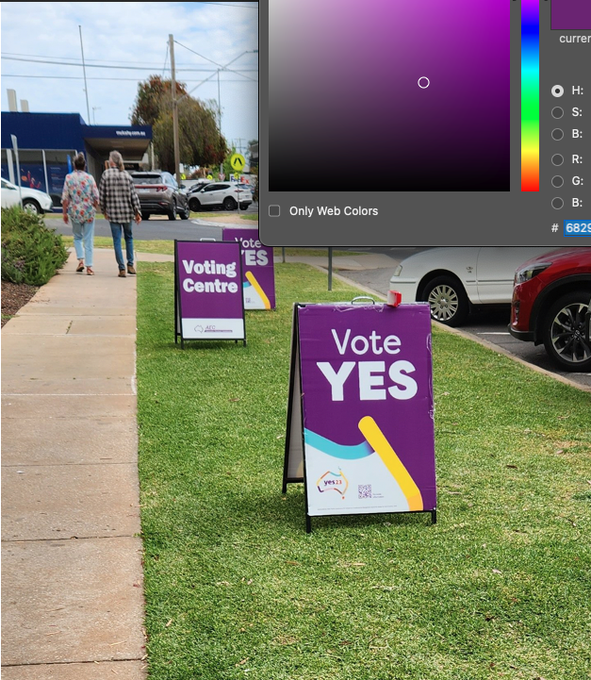
Craig Kelly was among those to complain, which is understandable, given he was taken to court by the AEC over font size on his authorisation message.
The story was covered by major news outlets, resulting in further statements by the AEC to clarify their position. Indeed, the AEC released a full statement (below) which began:
The AEC today became aware of campaign signage outside at least one early voting centre for the 2023 referendum that could potentially mislead voters about the source of the campaign message.
To be absolutely clear, the signs were erected by the Yes23 campaign, not the AEC.
The signs featured the legislatively required authorisation statement. However, the signage prominently uses white writing against a background that is a similar shade of purple to the AEC’s longstanding branding and were erected outside at least one early voting centre, in close approximation to the AEC’s ‘voting centre’ signage’.
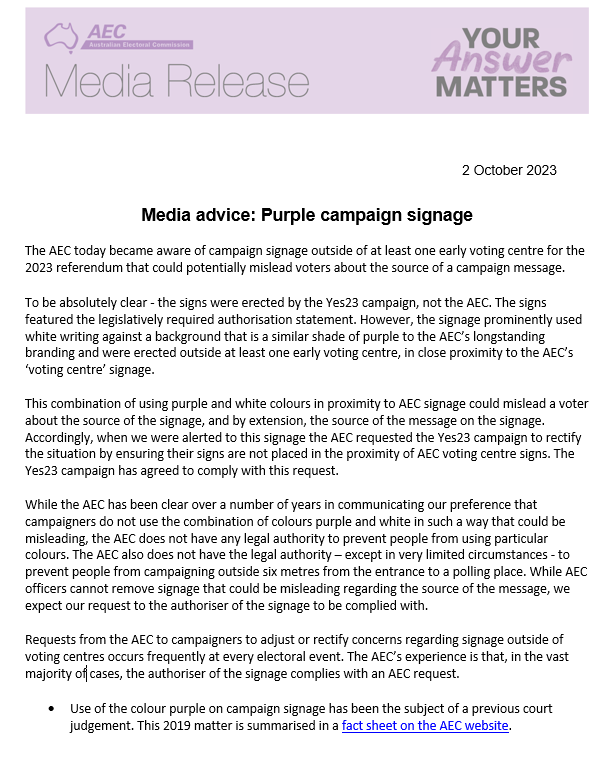
The instruction from the AEC was to ‘ensure their signs were not placed in proximity to AEC voting centre signs’ but admitted that ‘the AEC does not have any legal authority to prevent people from using particular colours’.
Today, people are still posting images of the signage outside other booths, indicating the Yes23 has not withdrawn the signage. There are more examples here.
Again, while the AEC has replied – and continues to reply – there has been no comment from the Yes23 campaign about who picked the same colours as the AEC, why they were chosen, and why they haven’t been taken down. These colours are repeated on brochures and badges.
That is strike two.
Yesterday, Labor Meryl Swanson MP put up a Tweet reading:
‘Good news! The AEC have now released the early voting locations for the Paterson electorate. The early voting period will run from Tuesday 2 October to Friday 13 October.’
It was tagged with #voteearly #voteoften
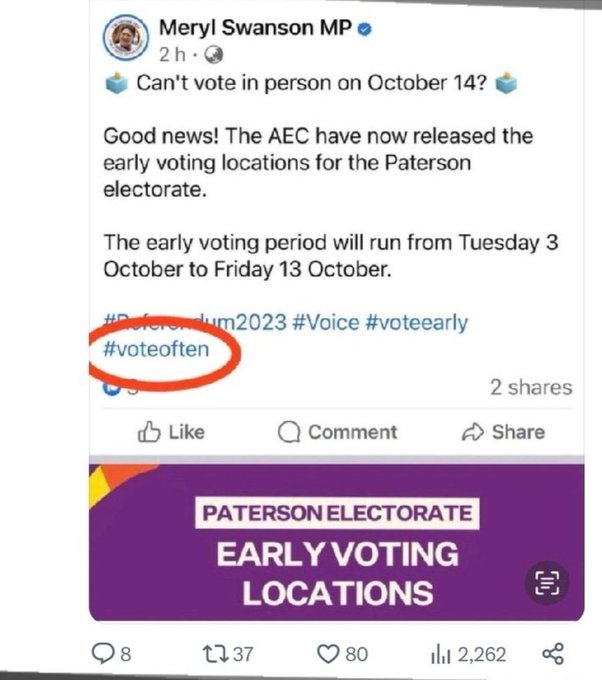
‘Vote early, vote often’ is a phrase in common use which suggests supporters should ‘start early’ at various polling booths and ‘vote often’ as they work their way around the electorate. In other words, it is widely held to be a phrase related to voter fraud. Some regard it as a wink-wink-nudge-nudge joke, but it is fair to say if the statement had been made by Peter Dutton, there would be outrage.
The AEC replied to a tsunami of complaints saying:
‘We’ve been in touch with the MP’s office to discuss this. The post was edited swiftly to take that part out. Use of an often-misunderstood colloquial saying that shouldn’t have occurred and was amended.’
We've been in touch with the MP's office to discuss this. The post was edited swiftly to take that part out.
Use of an often-misunderstood colloquial saying that shouldn't have occurred and was amended.
— AEC ✏️ (@AusElectoralCom) September 29, 2023
It is a statement that has been heavily criticised, particularly for its claim that the ‘vote early, vote often’ sentiment is an ‘often-misunderstood colloquial saying’.
Misunderstood? When and by whom? How can ‘vote often’ be misunderstood?
It is not the AEC’s job to answer this – it is the Labor minister who should be explaining why they chose to use a phrase that undermines the security of a democratic vote. So far we haven’t had a response or explanation from the MP in question.
The incident did, however, result in a mountain of Tweets from the AEC attempting to clarify multiple voting and election fraud including this one:
‘If someone votes at two different polling places within their electorate, and places their formal vote in the ballot box at each polling place, their vote is counted.’
This only made matters worse because it seemed to support the argument being made that yes, the ‘vote early, vote often’ scenario was possible inside the current system.
The AEC then spent the afternoon issuing dozens of follow-up Tweets:
‘Multiple voting is an offence. Real-time roll mark-off occurs at all pre-poll centres and many polling day booths. All declaration votes are also subject to strict roll checks. Multiple marks against hardcopy lists are identified every event and very rare … multiple marks against the electoral roll have never in Australia’s history of federal elections and referendums been larger than a margin in a contest. If it was, it would be identified and a result could be challenged in court … as always, people interacting online regarding electoral processes should endeavour to consume full information regarding the matter. Single post replies of 280 characters often don’t provide for that.’
That’s three strange and misleading behaviours from the Yes23 camp inside a single week.
The public are not looking for a response from the AEC – they want to hear from the Prime Minister and the Yes23 camp about why these decisions have been made in the first place.
Flat White is written and edited by Alexandra Marshall
Got something to add? Join the discussion and comment below.
Get 10 issues for just $10
Subscribe to The Spectator Australia today for the next 10 magazine issues, plus full online access, for just $10.

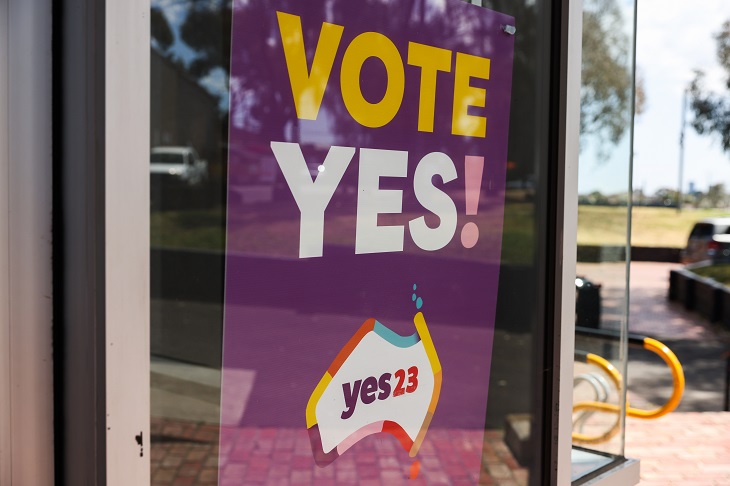
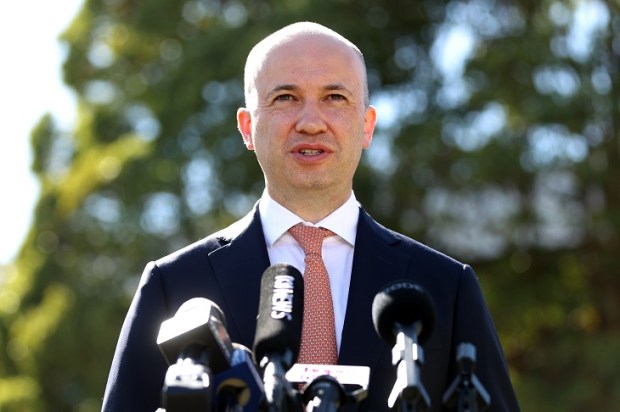
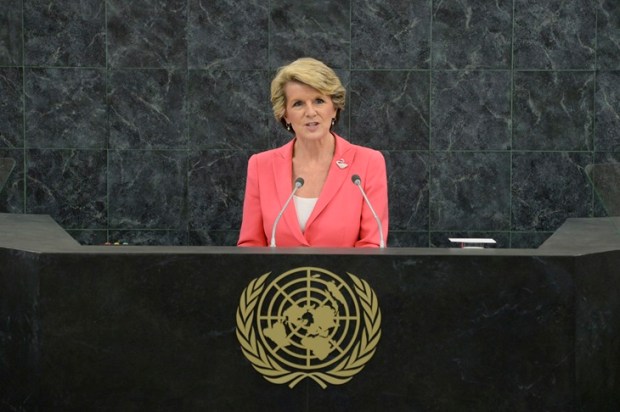

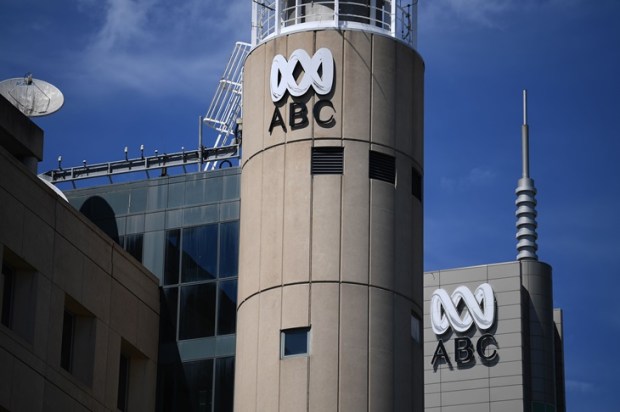




















Comments
Don't miss out
Join the conversation with other Spectator Australia readers. Subscribe to leave a comment.
SUBSCRIBEAlready a subscriber? Log in